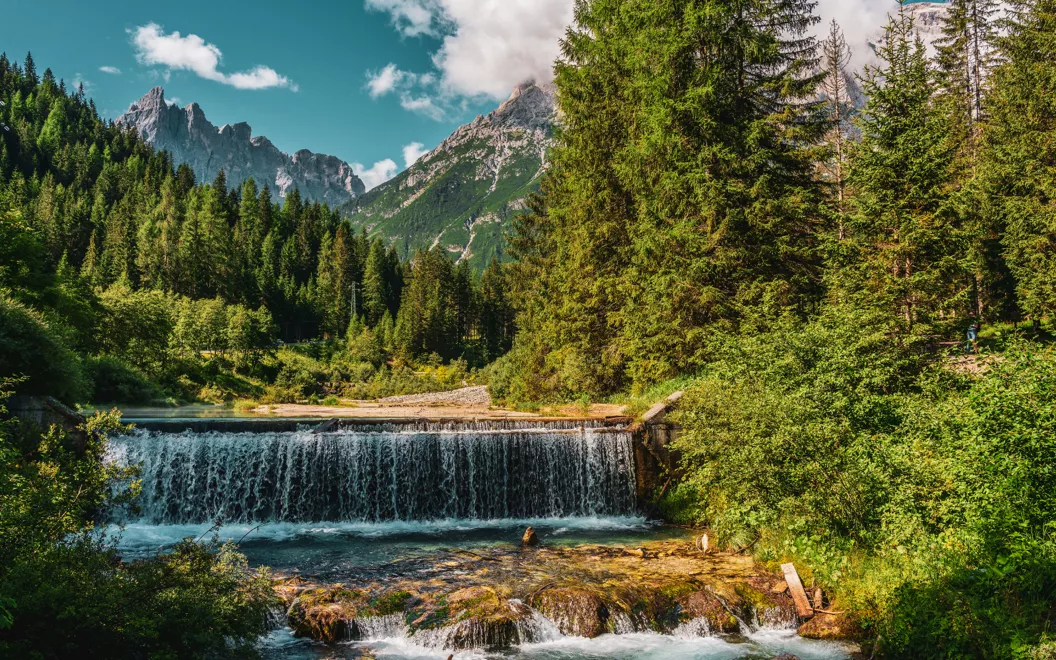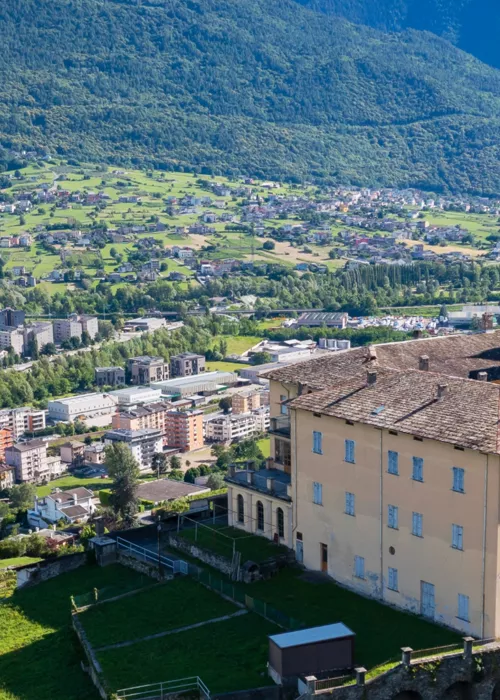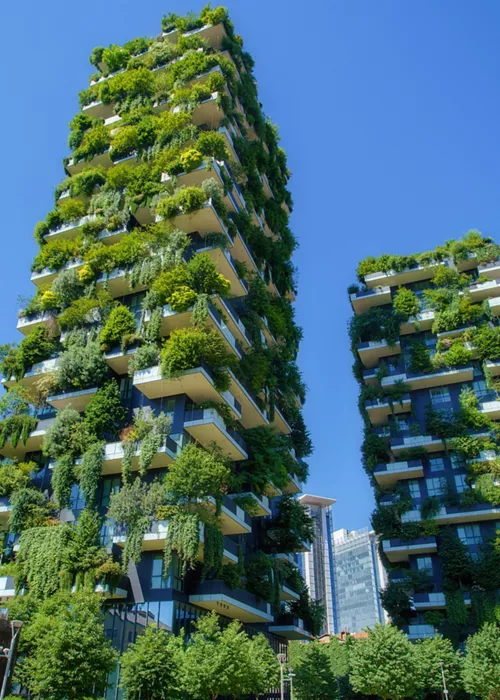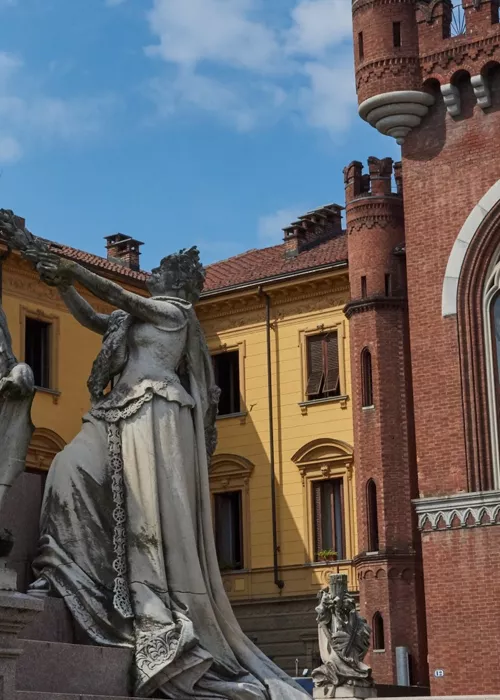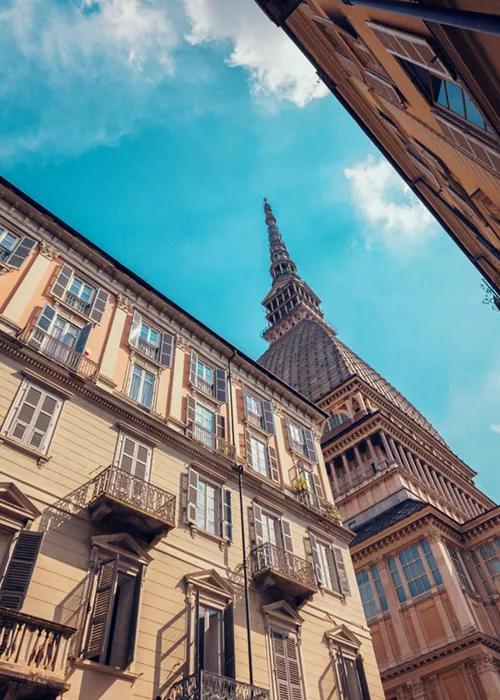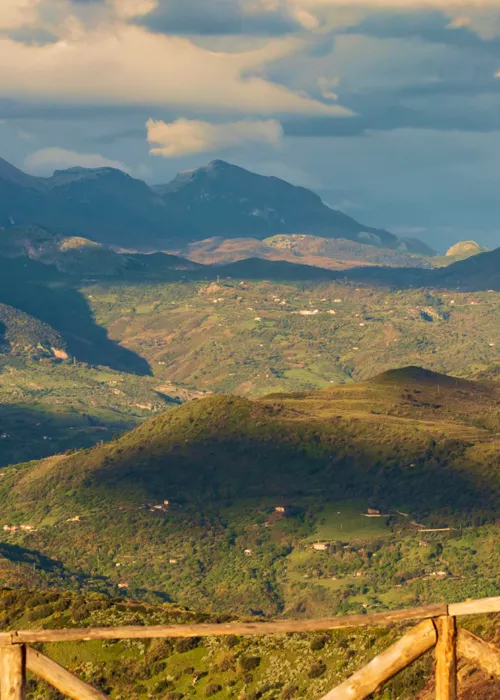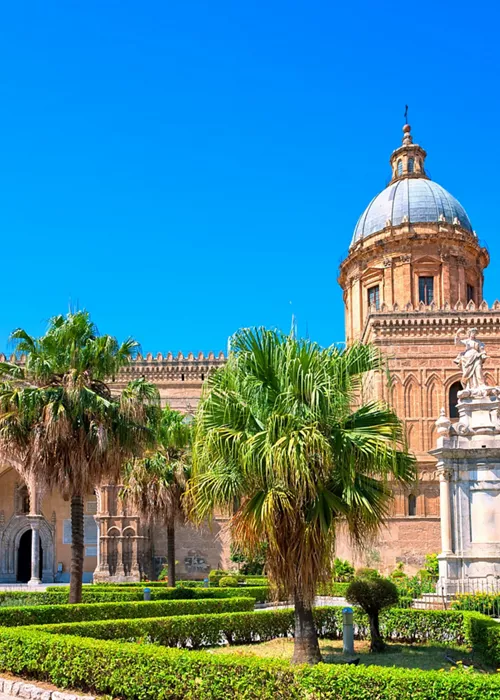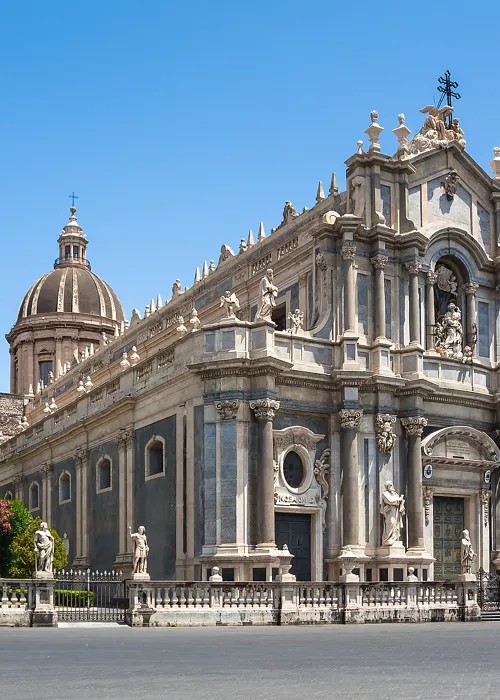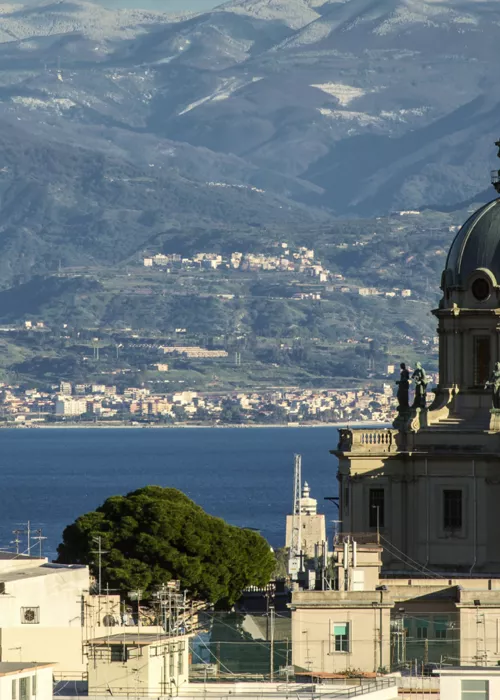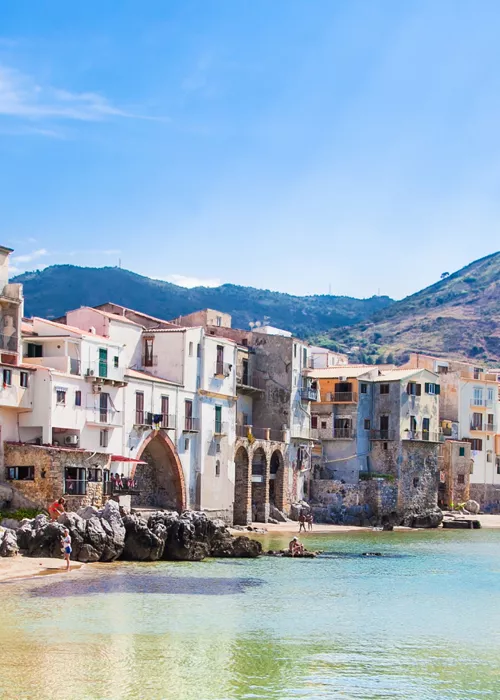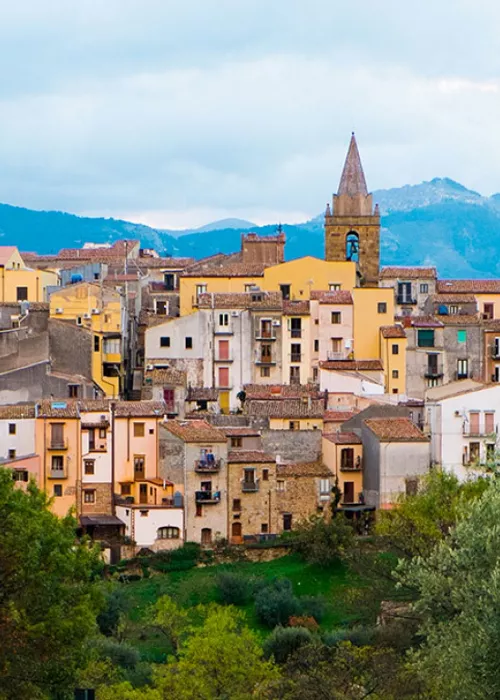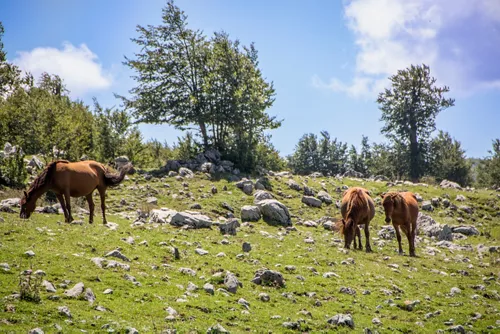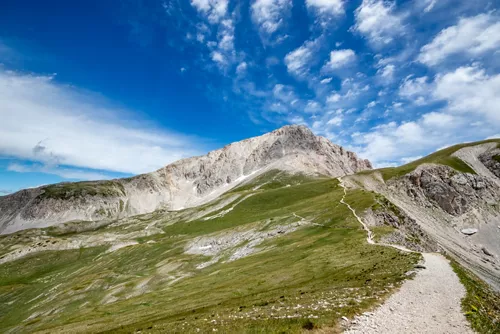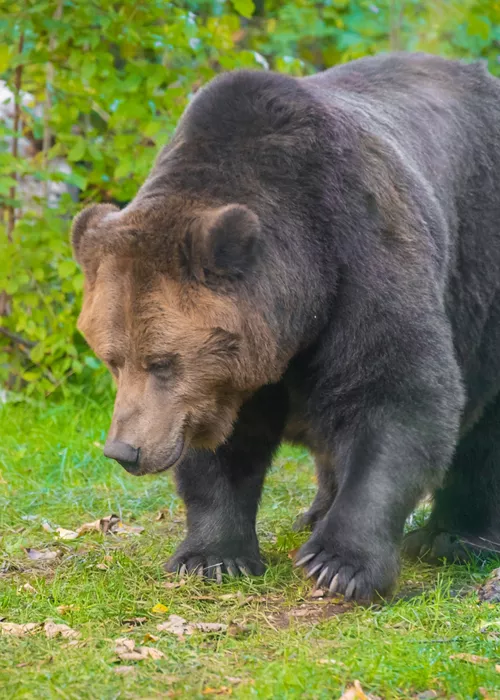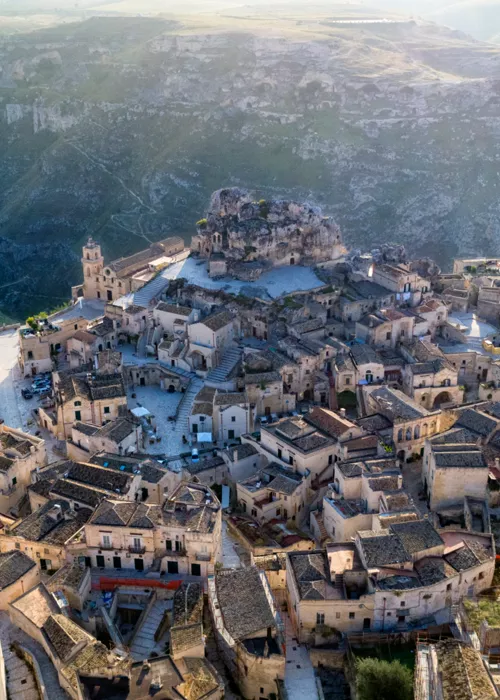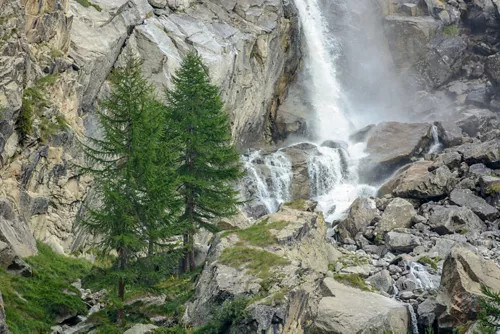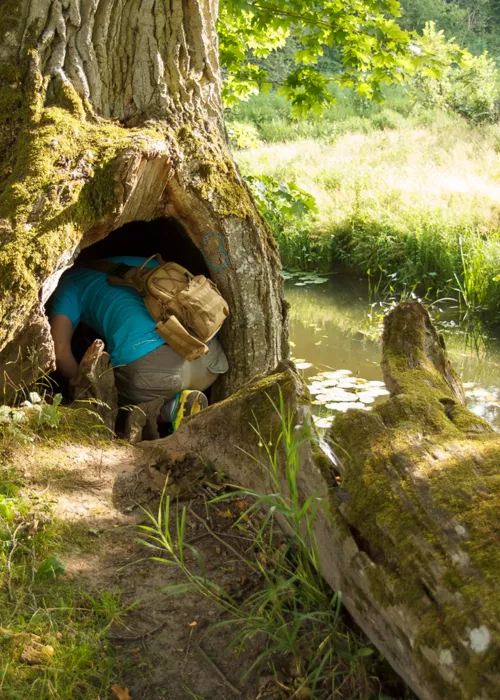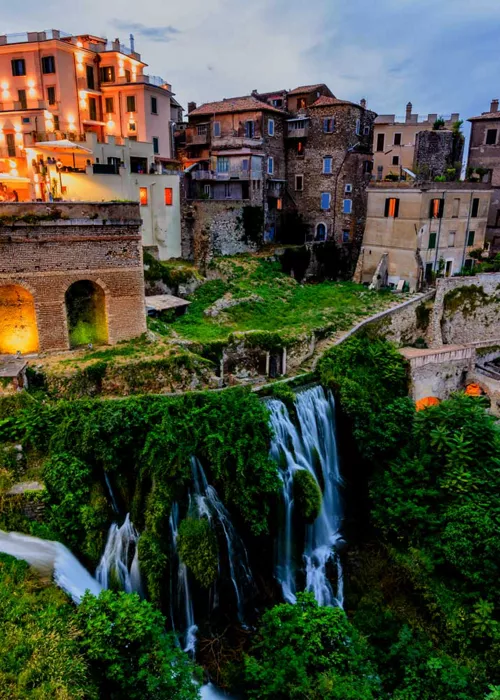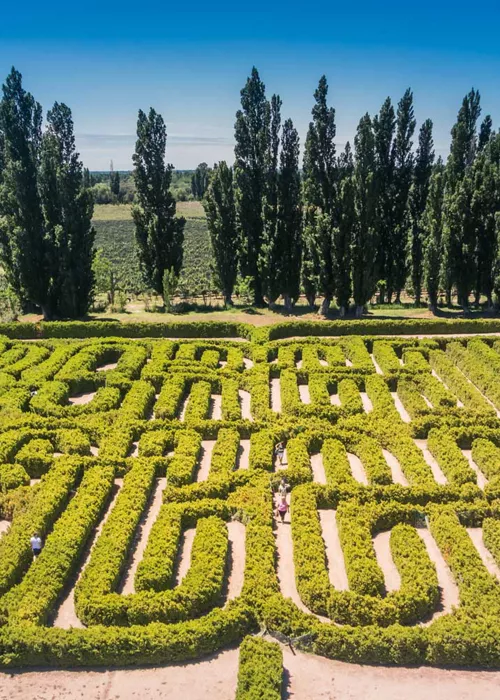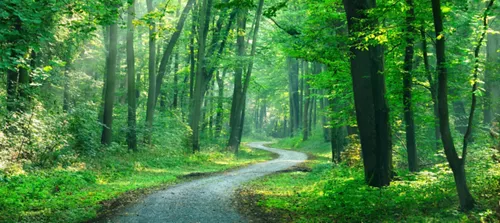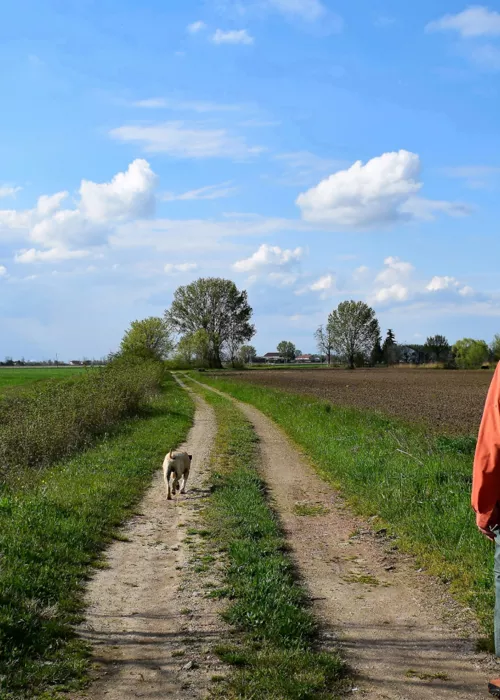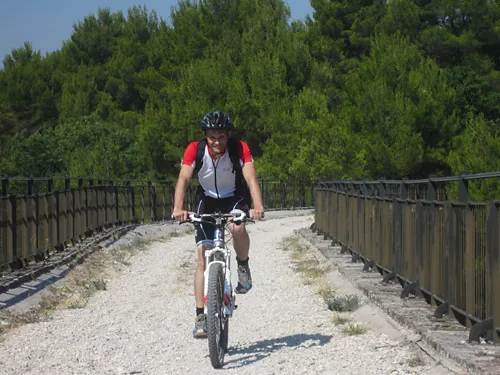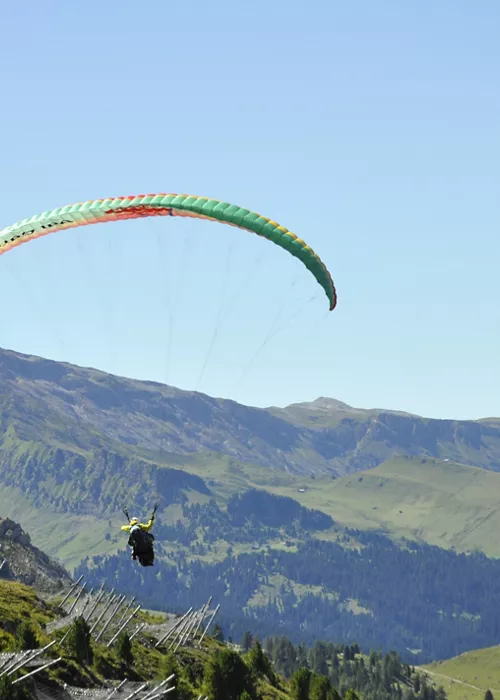World Earth Day: come and celebrate it in Italy
4 minutes
World Earth Day falls on 22 April each year, a date set to raise awareness of the important issue of protecting the planet. The theme of Earth Day is “Restoring Ecosystems” through actions such as reforestation, rewilding, reconstruction of natural infrastructure and coral restoration.
Italy, too, between National Parks, Protected Areas and Reserves is actively engaged in this battle aimed at conserving biodiversity and habitats.
A planetary event to reflect on ecological issues
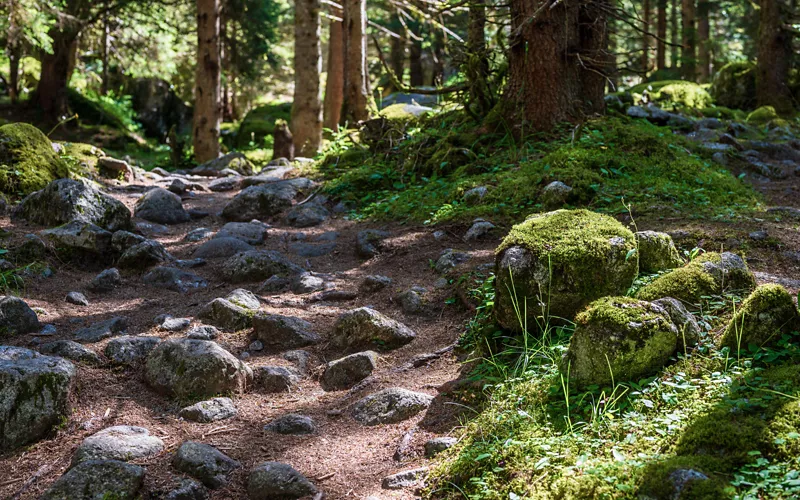
World Earth Day on 22 April involves the entire planet and is estimated to mobilise around one billion people each year. The idea originated in the United States, when environmental activist and pacifist John McConnell proposed it at a UNESCO conference in San Francisco in 1969. A day to pay tribute to the beauty of mother earth, this was his intention, a welcome one. On 21 March 1970, the first World Earth Day took place, albeit only in the USA. Since 1990, Earth Day has expanded worldwide. Since then, the date of 22 April has brought together more and more people, associations and institutions, as a fundamental moment of reflection, projects and concrete proposals to protect the fragile health of the planet.
This year, on Earth Day itself, there will also be an initiative by ENIT, the National Tourism Agency, an unmissable opportunity to honour an appointment with the future of our Planet.
3 nature reserves in Italy at the heart of environmental protection projects
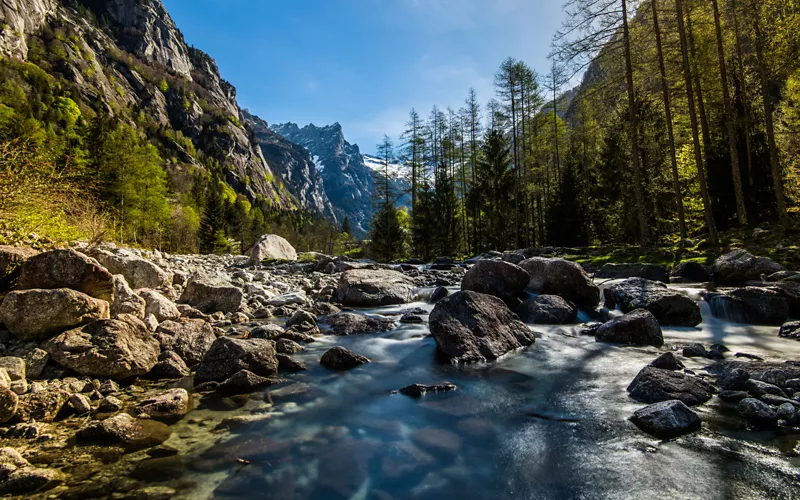
The restoration of ecosystems is a hot topic in Italy, there are many places devoted to habitat protection and species preservation, national parks, forests and marine protected areas. We start by discovering 3 unique and magical places, in Lombardy, Piedmont and Sicily, where you can admire the biodiversity of Italy.
The Val di Mello Nature Reserve and its ecosystem of protected species
In the province of Sondrio, the Val di Mello Nature Reserve extends over the first of the three side valleys of the Val Masino. It is a paradisiacal corner of northern Italy, in the Lombardy region, an Alpine landscape of spectacular valleys, streams and waterfalls, wooded areas, pastures and alpine meadows. From the 1,000 metres of the valley floor to the 3,400 metres of Mount Pioda, the area is protected and open to sustainable tourism. It is not uncommon to come across a chamois or a marmot while walking along the dense network of paths, increasing in difficulty as you ascend. In winter there is skiing, while climbing enthusiasts will find various types of walls. The flora is a virtuous example of biodiversity, specific to each habitat at different altitudes. Beech, maple, white fir and larch trees here find the respect and protection they deserve. The Val di Mello Nature Reserve is, in fact, strongly committed to the protection of the territory with interventions for the restoration of damaged forests, the extension of the surface of certain habitats, suitable for hosting an increasing number of animal and plant species.
The Val di Mello Nature Reserve can be reached from Milan by the Milan-Lecco-Sondrio-Tirano train. Get off at Morbegno station, then continue by public transport bus to Val Masino.
The Natural Reserve of the Belangero Ponds, the birth of a new forest
Along the right bank of the Tanaro river there are wetlands, ponds and ponds of water, cornfields, which then give way to ash trees, alders and poplars, typical wetland trees. We are in the Belangero Ponds Nature Reserve in the Piedmont province of Asti. An excursion here promises direct contact with a protected habitat, a river ecosystem that is the protagonist of a renaturalisation, creation and restoration project for large areas in the Tanaro Plain. The blackalder, in particular, is at the centre of maters: a kind of tree protected by other exotic trees that threaten its health. In the 32 hectares targeted by the project, trees are replanted with respect for the ecosystem and biodiversity, excluding invasive species alien to the original territory. The new Belangero forest is taking shape.
The Belangero Ponds Nature Reserve can be reached from Asti by your own transport means in about 15 minutes or by public transport. Asti can be accessed by direct train from Turin in less than an hour.
Reforestation in the Madonie Regional Natural Park
The mountains overlooking the sea of Sicily are the typical landscape of the Madonie Regional Natural Park, a large protected area in the province of Palermo. Olive groves and chestnut groves characterise the area down towards the coast, while further inland stand holm oaks and beech trees. A reforestation project is underway in the Park, with the planting of 3,500 trees, in particular, in areas devastated by fires. Endemic beeches, oaks and conifers, i.e. species useful in combating hydrogeological instability, are returning to their place. The Park opens its doors to visitors offering a series of activities: skiing and winter sports in the cold season, trekking, orienteering (a sport that leads to discovering an unknown territory thanks to a map and compass) and mountain biking, horseback riding and climbing in the warmer weather months.
The Madonie Regional Natural Park can be reached by train from Catania, Palermo or Messina and descending to the stations of Cefalù (less than 50 km to the park), Castelbuono (about 36 km to the park) or Pollina (just over 55 km to the park). Then the bus runs to the park gates.

